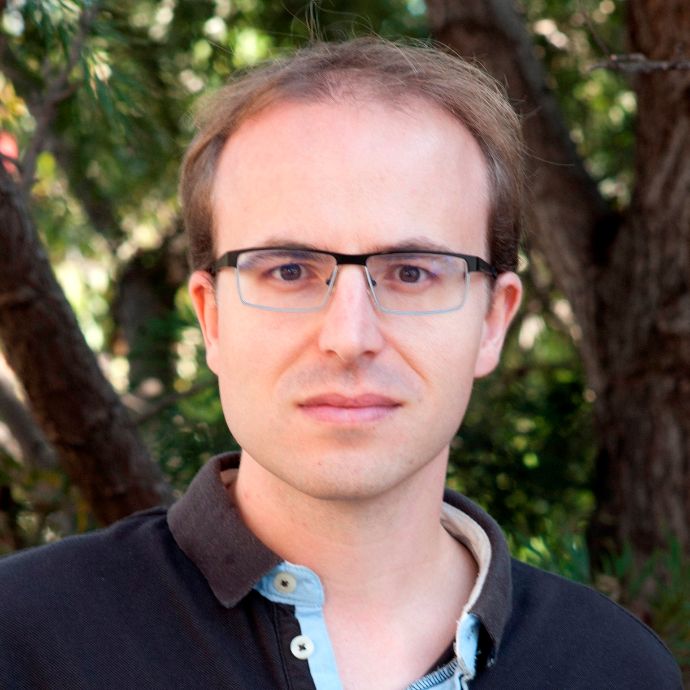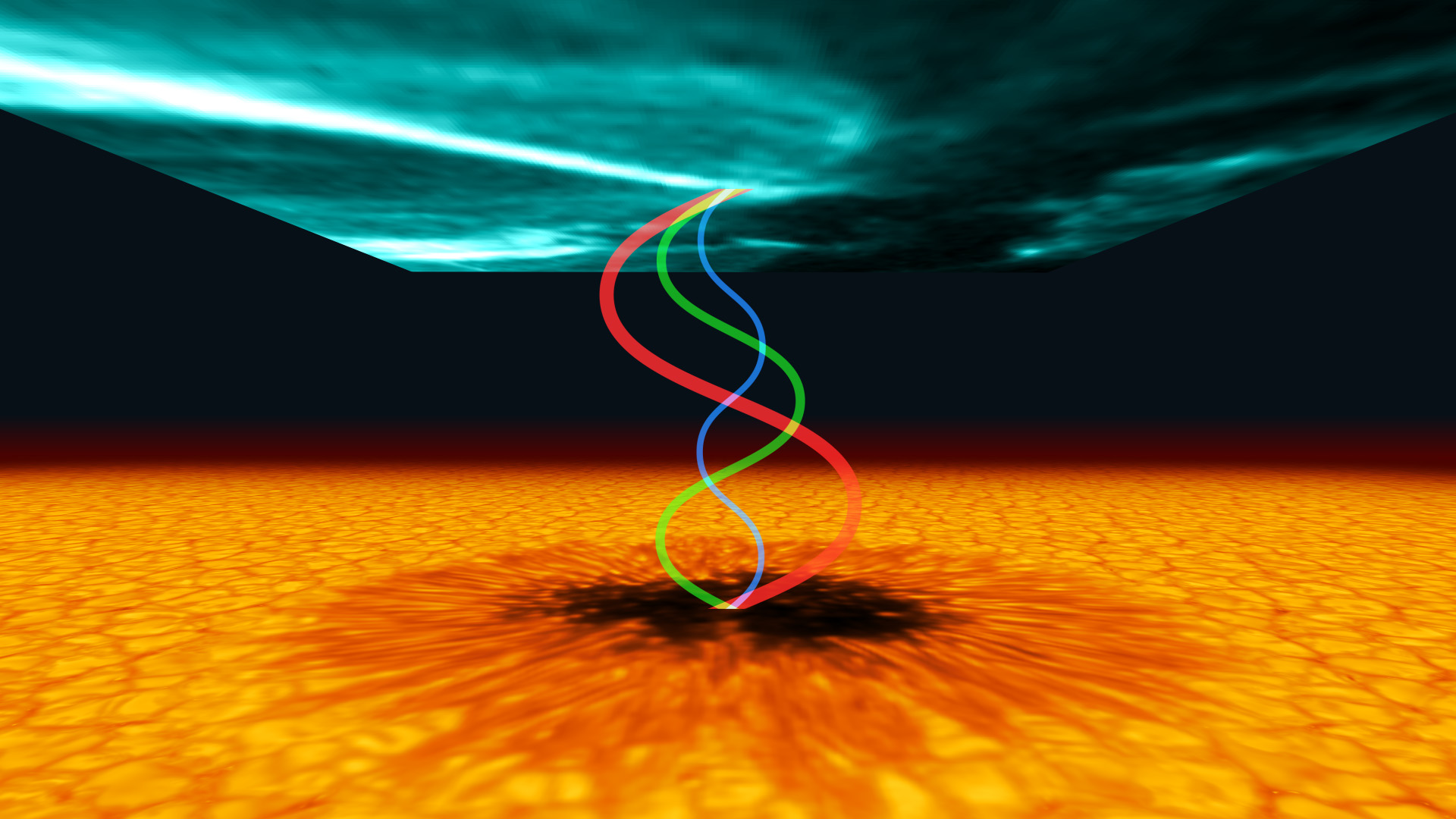
Umbral flashes are sudden brightenings with a three-minute periodicity commonly
visible in the core of some chromospheric spectral lines. Since their first detection in the late 60s, they have been understood as a signature of wave propagation in the umbral chromosphere. The analysis of spectropolarimetric observations, commonly employing sophisticated NLTE inversion codes, has revealed dramatic changes in temperature, velocity, and magnetic field during the passage of the shock waves generating the umbral flashes, but also significant discrepancies between different works.
In this talk, I will discuss some results obtained from the modelling of umbral flashes. Numerical simulations of wave propagation in sunspot atmospheres have been developed and the emerging Ca II 854.2 nm Stokes profiles have been computed using the NLTE code NICOLE. This approach allows us to evaluate the interpretation of spectropolarimetric data by comparing the inferred properties of the atmosphere with the actual simulated models.
I will focus on three different topics: the impact of the time-dependent acquisition of different wavelengths (e.g., Fabry-Pérot spectropolarimeters) on the Stokes profiles during the rapid atmospheric changes associated with umbral flashes, the modeling of the recently reported downflowing umbral flashes as standing oscillations, and the reliability of the inferred magnetic field fluctuations.

Please join via Zoom:
Meeting ID: 641 1686 4097
Passcode: 354289
Attendees will be muted during the colloquium, but will have the opportunity to ask questions at the end by clicking on the "raise hand” button.